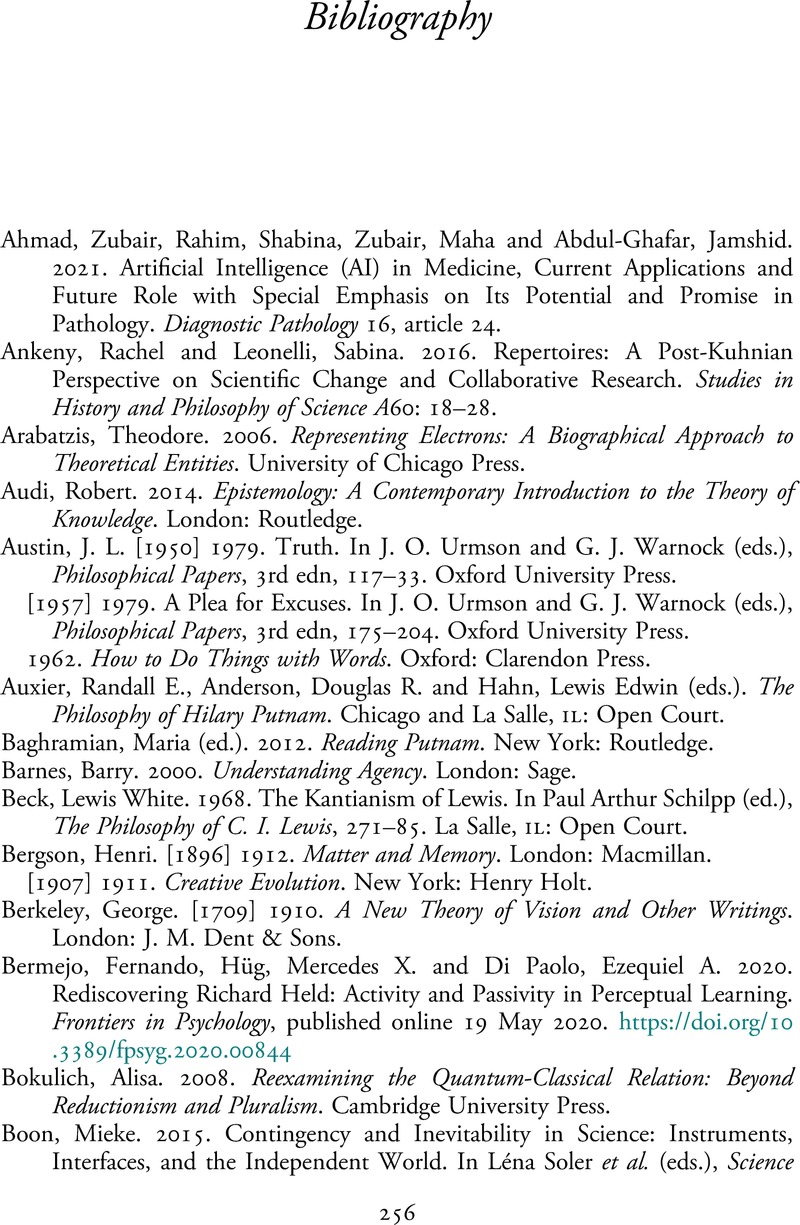Bibliography
Published online by Cambridge University Press: 08 November 2022
Summary

- Type
- Chapter
- Information
- Realism for Realistic PeopleA New Pragmatist Philosophy of Science, pp. 256 - 274Publisher: Cambridge University PressPrint publication year: 2022

